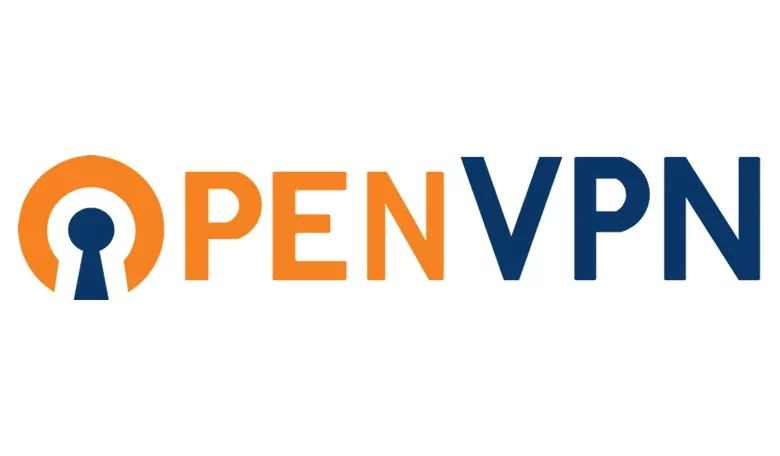OpenVPN

OpenVPN is an open-source software application that implements virtual private network (VPN) techniques for creating secure point-to-point or site-to-site connections in routed or bridged configurations and remote access facilities. OpenVPN uses a custom security protocol that utilizes SSL/TLS for key exchange, authentication, and data encryption. It can operate over UDP or TCP transport protocols and can use various cryptographic algorithms such as AES, Blowfish, and Camellia for encryption.
OpenVPN is widely used in organizations and businesses to create secure remote access and site-to-site VPN connections over the internet. It is available for various platforms, including Windows, macOS, Linux, Android, and iOS, and can be deployed on-premises or in cloud environments.
One of the advantages of OpenVPN is its flexibility and customizability, allowing it to be adapted to various use cases and network environments. It also has a large community of users and contributors who continuously improve and maintain the software.
OpenVPN is used to create secure and private connections between two or more devices over a public network such as the Internet. It is commonly used in the following scenarios:
- Remote access: OpenVPN can be used to create a secure remote access solution for employees or remote workers. By connecting to an OpenVPN server, remote workers can access internal resources and applications securely, as if they were on the same local network.
- Site-to-site connectivity: OpenVPN can be used to create secure connections between two or more remote locations, allowing users to access resources and applications across different sites securely and efficiently.
- Secure Internet browsing: OpenVPN can be used to encrypt internet traffic and protect users’ privacy while browsing the Internet. This is particularly useful for users who want to access blocked or censored content, or for those who want to prevent their internet service provider from tracking their online activities.
- Secure file sharing: OpenVPN can be used to create a secure file-sharing environment, allowing users to share files and data securely over the internet.
Overall, OpenVPN is a versatile and powerful tool that can be used in a wide range of scenarios to create secure and private connections over the Internet.
How do I connect to OpenVPN?
To connect to OpenVPN, you can follow these steps:
- First, you need to have an OpenVPN client installed on your device. You can download the appropriate client software for your device from the OpenVPN website.
- Once you have the client software installed, you need to obtain the OpenVPN configuration file from your VPN service provider. This file contains the information you need to connect to the VPN server.
- Launch the OpenVPN client software and import the configuration file. This is typically done by clicking on the “Import” or “Add” button within the client software, and selecting the configuration file from your device.
- After importing the configuration file, you can connect to the VPN server by clicking on the “Connect” button within the client software. You may be prompted to enter your VPN username and password or to enter a security token if your VPN service uses two-factor authentication.
- Once you are connected to the VPN server, you should see a notification within the client software indicating that you are connected. You can now access the internet through the VPN server and your online activities will be encrypted and anonymous.
It’s important to note that the specific steps for connecting to OpenVPN may vary slightly depending on the client software and VPN service you are using. If you encounter any difficulties, you should refer to the documentation provided by your VPN service provider or seek assistance from their support team.
How do I connect if the OpenVPN client is integrated into my router?
In order to connect to the VPN server or service, you need to obtain a file that contains the specifics needed for the connection. Such a configuration file is called a profile and has an .ovpn file extension.
After receiving the .ovpn file from your IT department, you need to follow instructions specific to the router to extract specific information from the file and use it for configuration. We have made guides for some of the common firmware used in hardware routers and for pfSense: